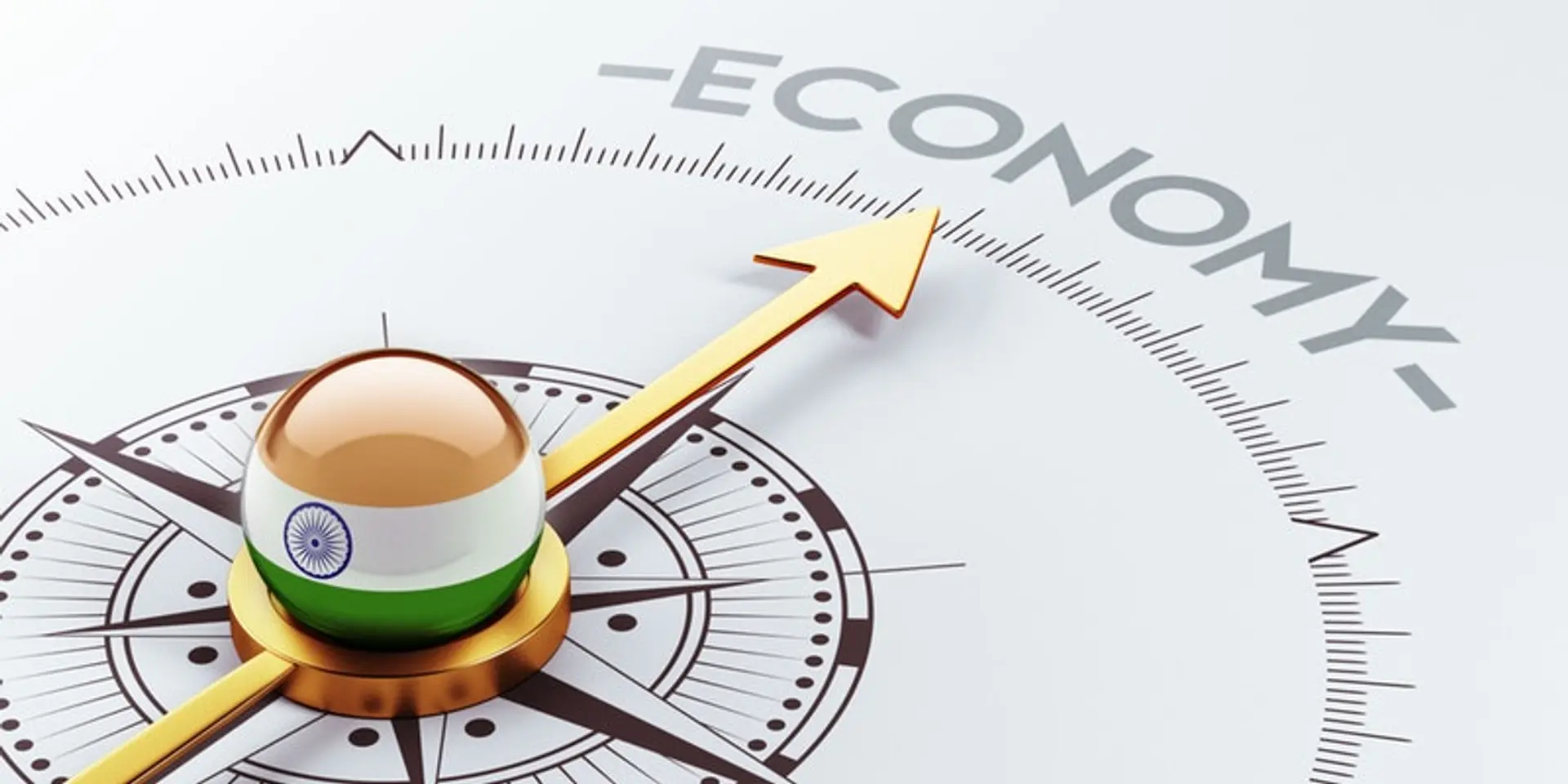India needs to strive to be $30T economy with per capita income of $18,000: NITI document
The GDP would have to grow nine times from today’s $3.36 trillion, and the per capita income would need to rise 8 times from today’s $2,392 per annum, NITI Aayog said.
India needs to strive to be a $30 trillion economy with a per capita income of $18,000 per annum by 2047, the approach paper for vision for Viksit Bharat in 2047 said.
NITI Aayog, in a paper titled 'Vision for Viksit Bharat @ 2047:An Approach Paper', said India needs to avoid the middle-income trap and carefully work towards breaking out of it.
"As for the economy, to become a developed nation, we need to strive to be a $30 trillion economy by 2047 with a per capita income of $18,000 per annum.
"The GDP would have to grow nine times from today’s $3.36 trillion, and the per capita income would need to rise 8 times from today’s $2,392 per annum," it said.
The paper also noted that progressing from a middle-income to a high-income level requires sustained growth in the range of 7-10% for 20-30 years and very few countries have managed to do this.
Defining the concept of Viksit Bharat, the paper said it is a Bharat, which will have all the attributes of a developed country with a per capita income comparable to the high-income countries of the world today.
The World Bank defines high-income countries as those whose annual per capita income is more than $14,005 (in 2023). India has the potential and aims to be a high-income country by the centenary of its independence in 2047.
The paper said upgrading capabilities in manufacturing and logistics and bridging the gap between rural and urban incomes are some of the structural challenges that India needs to address.
This document was discussed during NITI Aayog's ninth Governing Council meeting chaired by Prime Minister Narendra Modi.
It noted that the country needs to achieve a balance between energy, security, access, affordability and sustainability.
The document said improving the competitiveness of industry is equally necessary for the transformation of the country's agricultural workforce into an industrial workforce and making India a global manufacturing and service hub.
Noting that a vision for India cannot be the work of a few individuals or of one government, the document said it has to be the result of the collective efforts of the entire nation.
According to the document, India is at a turning point in its history, and the 21st century can be India’s century, as the country pole-vaults into the future confident of its capabilities.
Edited by Suman Singh







